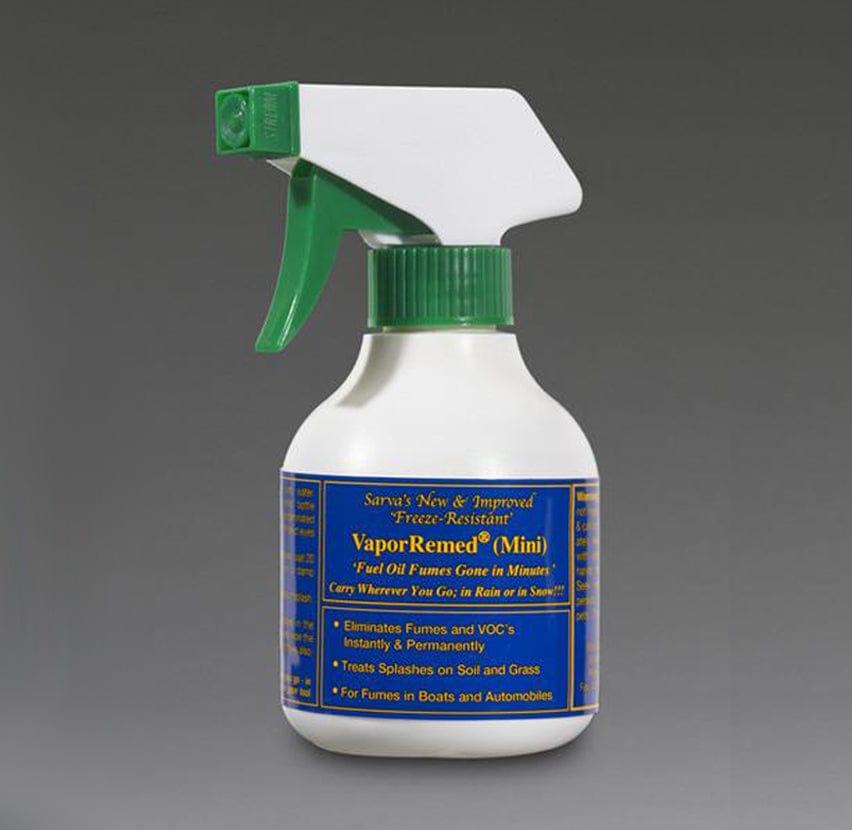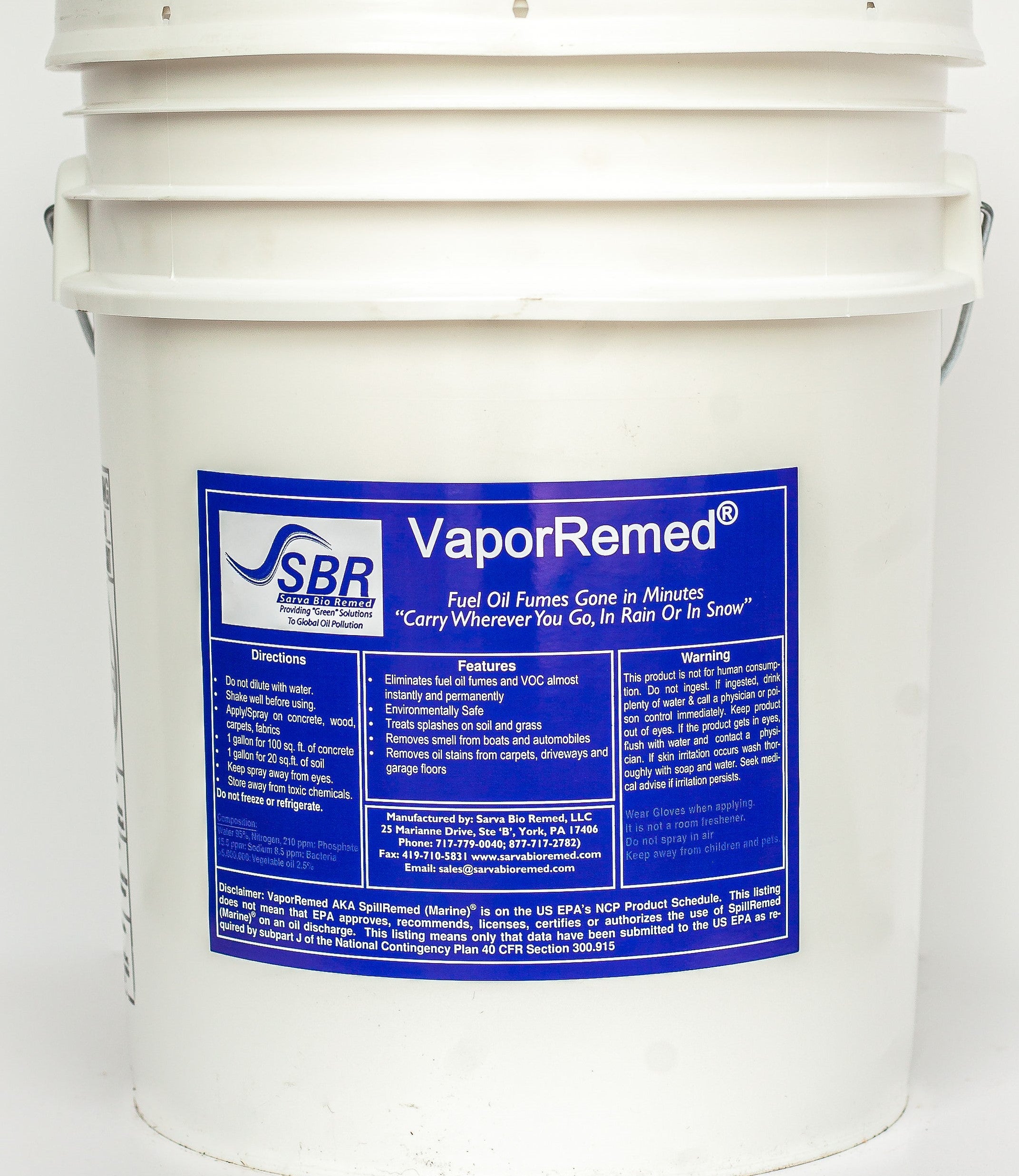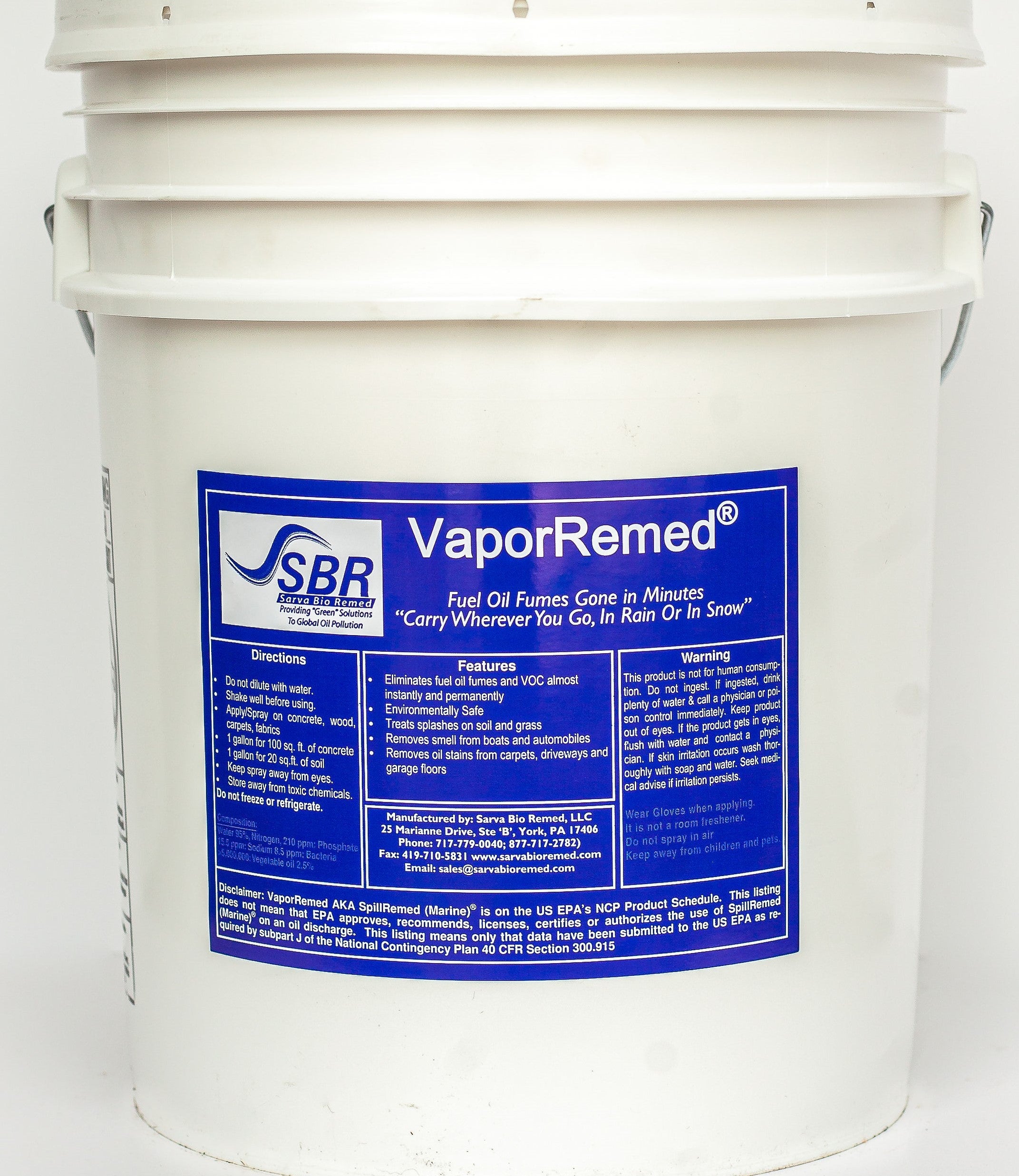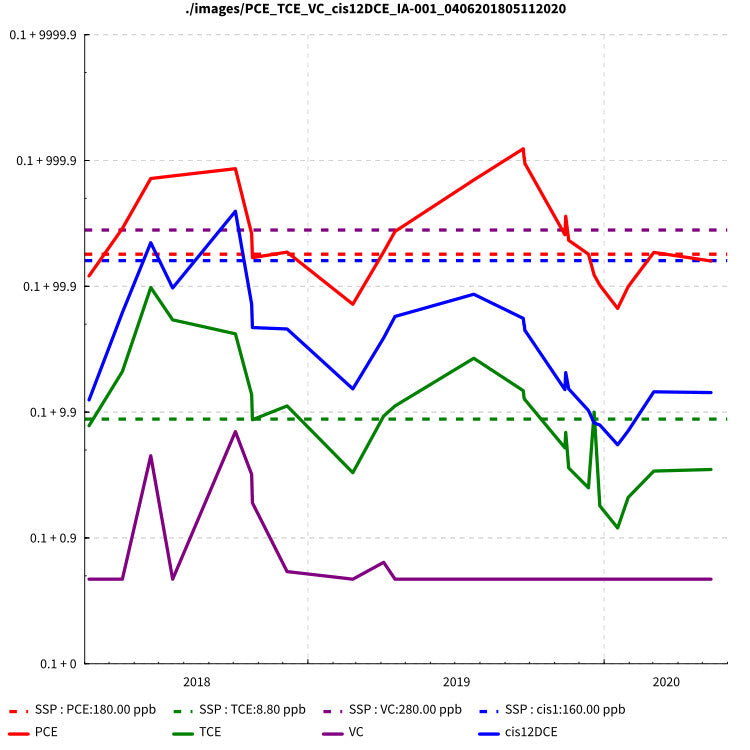News — bioremediation
VaporRemed: A Friend indeed -2
A simple residential release can become a very serious situation. VaporRemed eliminates the fuel oil odor almost instantly. A satisfied customer.
Down The Memory Lane 20 Years Ago: Case Study 10
Application of VaporRemed at a Residential Spill in Virginia
VDEQ Pollution Complaint No. PC 2003-3187 Corrective Plan
Laboratory analysis of soil samples showed high values of TPH/DRO showing an initial value of 18,800 and 8,300 ppm and the samples of soil analyzed after treatment with VaporRemed showed a value of 290 ppm and 210 ppm. Both these values are below the stipulated 500 ppm of TPH/DRO. After flushing with the product, the TPH in the drain water showed values below the detection levels. The project was recommended for closure as No Further Action was...
Down the Memory Lane: Case Study 9
"Mitigation Of Vapor Intrusion By Chlorinated Solvents Using Bioremediation Products At A Site In York, Pa: A Case Study" - Presented an AEHS 2020
No Oil. Only Rain Down The Drain
Only Rain Down The Drain
(A slogan of Chester County and other counties in PA)

(Reproduced from: http://www.takomaparkmd.gov/publicworks/stormwater.)
I - Reducing pollution from Parking Lots
According to Nancy Rabalais, member National Research Council on “Oil in the sea III Input, fate and Effects, 2003, Nonpoint pollution, not oil spills, is the largest source, and reducing it will require coordinated efforts on a number of fronts.[1]
According to the author, “When it rains, it pours”—or so a motorist caught in a sudden storm might think...



